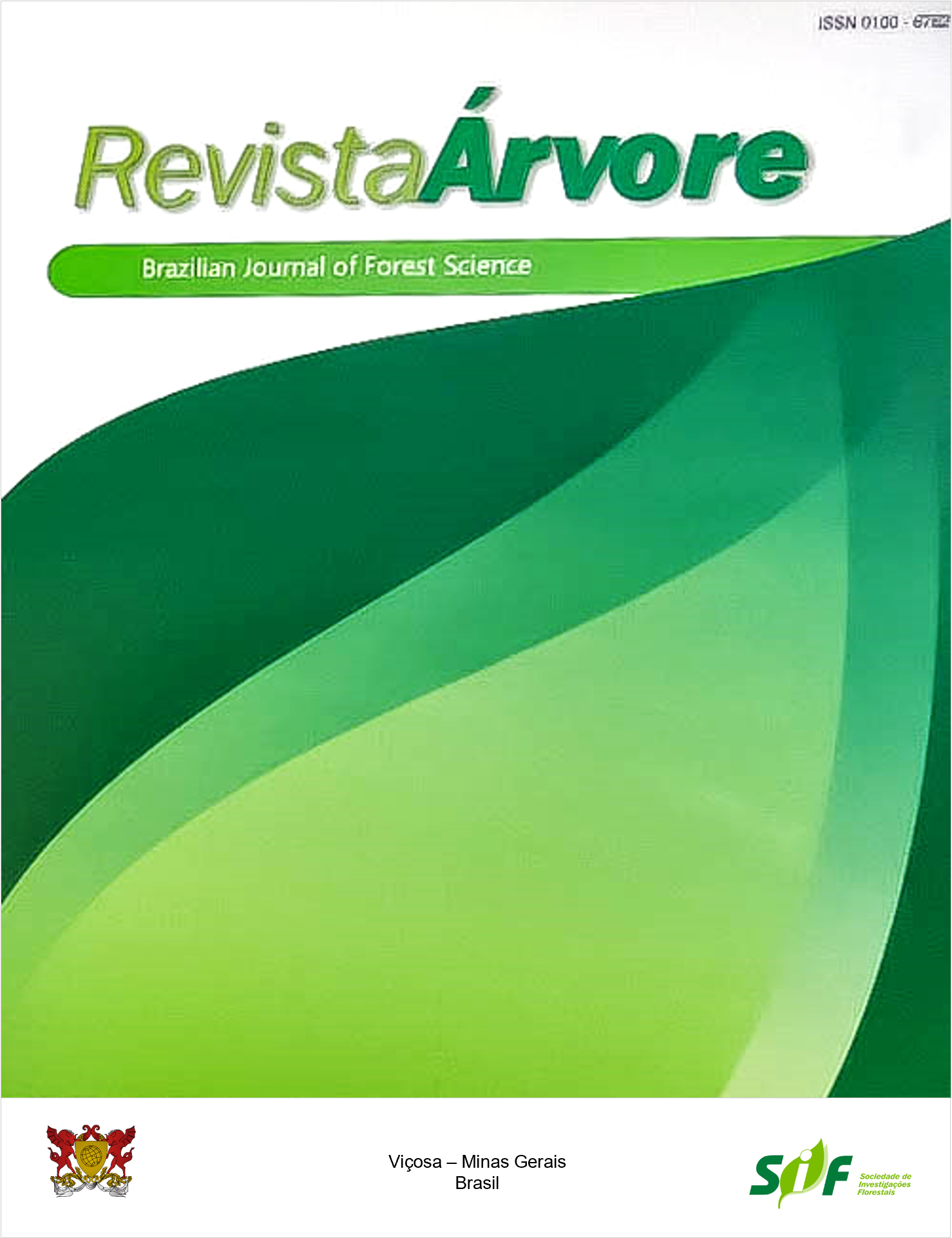PRODUCTIVITY AND QUALITY IN THE PROCESSING WOOD OPERATION FOR ENERGY
Keywords:
Forest processor, Bioenergy, Wood harvestingAbstract
Optimizing resources is essential for the excellence and competitiveness of a forestry company. In this context, this study evaluated the productivity and quality of eucalyptus wood processing for energy purposes. The study was conducted in a forestry company in Paraná State in stands of Eucalyptus urophylla × Eucalyptus grandis and Eucalyptus saligna clones named stands 1 and 2, respectively, with an age of 7 years old. The trees were processed with a harvester and included the following four stem diameter limits for pulp production and co-products for energy purposes: 8, 10, 12, and 14 cm; and pulp logs with a length of 7.20 m. The technical analysis of the operation determined the average operating cycle times, utilization rate and machine productivity. In addition, a quality analysis determined the stem diameter limits for production of the co-products and the lengths of the pulp logs; the limit diameters were compared by the Tukey’s test, and the stands by the Student’s t-test (α ≤ 0.05). The results showed that the processing time decreased with increasing limit diameter, with the highest values being in stand 1 due to the higher number of branches and forked trees. The processing logs at 10 cm limit diameter provided higher harvester productivity, with 59.5 m³ PMH-¹ and 62.2 m³ PMH-¹ in stands 1 and 2, respectively. Furthermore, the best quality in the limit diameter measurement was obtained at 10 cm. Thus, the effects of forest stand and limit diameters on processing and operation quality were evident.
Keywords: Forest processor; Bioenergy; Wood harvesting
Downloads
Published
How to Cite
Issue
Section
License
All authors agreed to submit the work to Revista Árvore and granted the exclusive license to publish the article. The authors affirm that it is an original work and has not been previously published elsewhere. The scientific content and opinions expressed in the article are the sole responsibility of the authors and reflect their opinions, not necessarily representing the opinions of the editorial board of Revista Árvore or of the Society of Forest Investigations (SIF).




